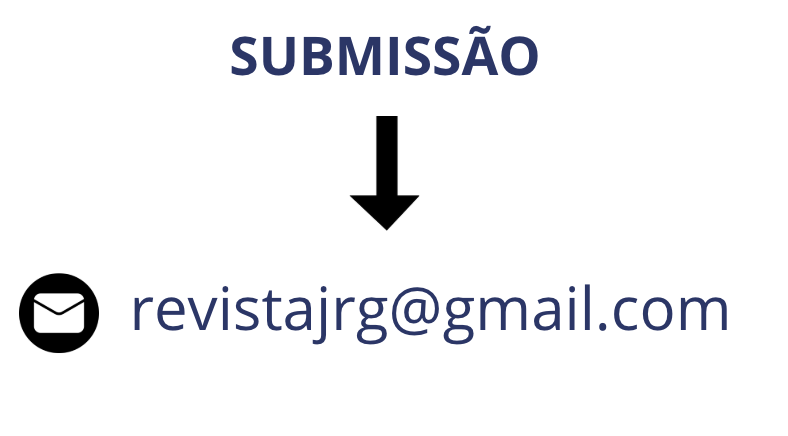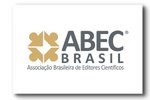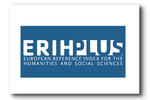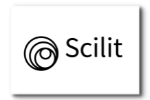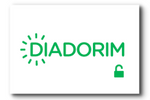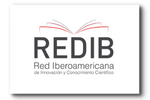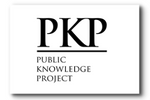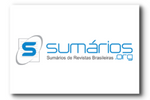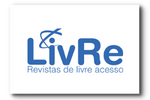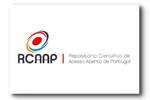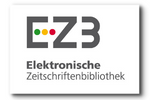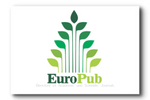Criteria for inclusion of cancer patients undergoing antineoplastic treatment in the Home Enteral Nutrition Therapy Program: a proposal independent of the malnutrition criterion
DOI:
https://doi.org/10.55892/jrg.v8i18.1986Keywords:
neoplasia, nutritional therapy, immunonutrition, antineoplastic agents, chemotherapy, malnutritionAbstract
National and international guidelines recommend early nutritional intervention in cancer treatment as a prevention against malnutrition. Paradoxically, access to prior nutritional therapy, when linked to the Home Enteral Nutritional Therapy Program, is subject to the malnutrition criterion. Objective: To characterize the nutritional profile of patients undergoing antineoplastic treatment, according to the criteria of the Home Enteral Nutritional Therapy Program, regardless of malnutrition. Methods: A cross-sectional, observational, and analytical study. 55 patients undergoing antineoplastic treatment with at least one of the criteria of the Home Enteral Nutritional Therapy Program and non-malnourished patients were included. Onco-hematological patients, children, and elderly patients over 65 years old and under exclusive palliative care were excluded. For nutritional risk screening, the Patient-Generated Subjective Global Assessment (PG-SGA) was used. The analyses were performed in the R software (R Core Team 2024), with a significance level set at 5% (p<0.05). The results showed a significant difference between well-nourished, moderately malnourished, and severely malnourished patients, regarding BMI (p=0.01), percentage weight loss in 6 months (p=0.0001), with severely malnourished patients having lower BMI and greater weight loss. Regarding symptoms and therapeutic regimens used, a marginally significant result was obtained (p=0.06). There was a significant difference between candidates and non-candidates for the Home Enteral Nutritional Therapy Program, regarding weight (p=0.005) and BMI (p=0.004), being lower in patients who were candidates for the program. There was a significant relationship between being a candidate or not for the program (p=0.004), as well as medications in use (p=0.01). The conclusion demonstrated that cancer patients undergoing antineoplastic treatment, candidates for the Home Enteral Nutritional Therapy Program regardless of the malnutrition criterion, had significantly lower BMI and weight compared to non-candidates and presented more symptoms and a greater association with cytotoxic regimens. Suggested that new inclusion criteria for patients undergoing antineoplastic treatment be considered for the Home Enteral Nutritional Therapy Program, regardless of the malnutrition criterion.
Downloads
References
AACR Cancer Progress Report 2024: Inspiring Science-Fueling Progress Revolutionizing Care. Clin. Câncer Res.2024; 30(19):4296-8.
Praxedes CML, Fortes RC, Lima FC. Relação entre sintomas, estado nutricional e acompanhamento nutricional no estágio clínico de pacientes com câncer gastrointestinal em tratamento quimioterápico. JRG Estud.Acad. 2022; 5(11):265–78.
Mathias C, Chaves ALF. Guia de Nutrição para o Oncologista. Sociedade Brasileira de Oncologia Clínica; 2021.
BRASPEN. Diretriz Braspen de Terapia Nutricional no Paciente com Câncer. Braspen J. 2019;34(Supl. 3):2–32.
ESMO. Esmo handbook of nutrition and cancer. 2a ed. European Society for Medical Oncology; 2023.
Miola TM, Matayoshi MAV, Cunha AF. Terapia nutricional na quimioterapia e radioterapia. In: Miola T.M, Pires F.R.O, editores. Nutrição em Oncologia. São Paulo: Manole; 2020; p. 119-34.
Pinho NB, Marlucci RB, Rodrigues VD, et al. Malnutrition associated with impact symptoms and localization of disease: results of a multicentric research on oncological nutrition. Clin. Nutr. 2019; 38(3):1274-9.
Orsso CE, Caretero A, Poltronieri TS, Arends J, De Van Der Schueren MAE, Kiss N, et al. Effects of high-protein supplementation during cancer therapy: a systematic review and meta-analysis. Am. J. Clin. Nutr. 2024; 120:1311–24.
Distrito Federal. Manual do Programa de Terapia Nutricional Enteral Domiciliar (PTNED). Brasília: GDF; 2024.
Gonzalez MC, Borges LR., Silveira DH, Assunção MCF, Orlandi SP. Validação da versão em português da avaliação subjetiva global produzida pelo paciente. Rev. Bras. Nutr. Clin. 2010; 25(2):102-8.
Vega MCM, Laviano, Pimentel GD. Sarcopenia e toxicidade mediada pela quimioterapia. Einstein. 2016;14(4):580-43.
Rocha NP, Fortes RC. Utilização da contagem total de linfócitos e albumina sérica como preditores do risco nutricional em pacientes cirúrgicos. Comun.Ciênc.Saúde. 2013; 24(1):51-64.
R Core Team. R: A Language and Environment for Statistical Computing. R Foundation for Statistical Computing. 2024.
Brasil. Conselho Nacional de Saúde. Resolução n. 466, de 12 de dezembro de 2012. Aprova as diretrizes e normas regulamentadoras de pesquisas envolvendo seres humanos. Brasília; 2012.
INCA. Instituto Nacional de Câncer José Alencar Gomes da Silva. Estimativa 2023: incidência do câncer no Brasil. Rio de Janeiro: INCA; 2022.
Zangalli I, Cordova BF, Zanotti J. Avaliação da sarcopenia e fatores associados em pacientes oncológicos de uma associação de apoio a pessoas com câncer de Caxias do Sul/RS. Braz. J. Health Rev. 2022; 5(1):2477-90.
Wild CP, Weiderpass E, Stewart BW, editors. World Cancer Report 2020: cancer research for cancer prevention. Lyon (FR): IARC; WHO; 2020.
Hoff PMG. Editor. Tratado de oncologia. São Paulo: Atheneu; 2013.
Instituto Nacional de Câncer José Alencar Gomes da Silva. Consenso nacional de nutrição oncológica. 2a ed. Rev.Ampl. Atual. Rio de Janeiro: INCA; 2015.
World Health Organization. Obesity: preventing and managing the global epidemic. Report of a WHO Consultation. Geneva: World Health Organization; 1998.
Martin L Senesse P, Gioulbasanis I, Antoun S, Bozzetti F, Deans C, et al. Diagnostic Criteria for the Classification of Cancer-Associated Weight Loss. J. Clin. Oncol. 2015;33(1):90–9.
Zanotti J, Finger EC, Hoefel AL. Indicadores de risco nutricional associados à localização do câncer em pacientes submetidos à quimioterapia. Rev.Assoc. Bras. Nutr. RASBRAN. 2020;10(2):18–25.
Cordeiro ALC, Fortes RC. Estado nutricional e necessidade de intervenção nutricional em mulheres com câncer de mama em tratamento quimioterápico. Arq. Catarin. Med. 2015;44(4):96-108.
Koji A, Baracos VE, Mori N, Okamura S, et al. Associações de sintomas de impacto nutricional com ingestão alimentar e sofrimento relacionado à alimentação em pacientes com câncer avançado. Clin. Nutr. ESPEN. 2024; 60.
Haanen JBAG., Carbonnel F, Robert C, et al. Management of toxicities from immunotherapy: ESMO clinical practice guidelines for diagnosis, treatment and follow-up. Ann. Oncol. 2017;28 (Suppl 4).
Portal InfoSaúde - DF [Internet]. Secretaria de Saúde do Distrito Federal; 2025 [citado 2024 jun.18]. Disponível em: https://info.saude.df.gov.br/
Brindisi MC, Noacco A, Hansal AAB, Gential CH. Delivery of oral nutrition supplement in hospital: Evaluation of professional practices in evaluation of nutritional status and representations of ONS by the caregivers and patients. Clin. Nutr. 2020; 35:89-85.




